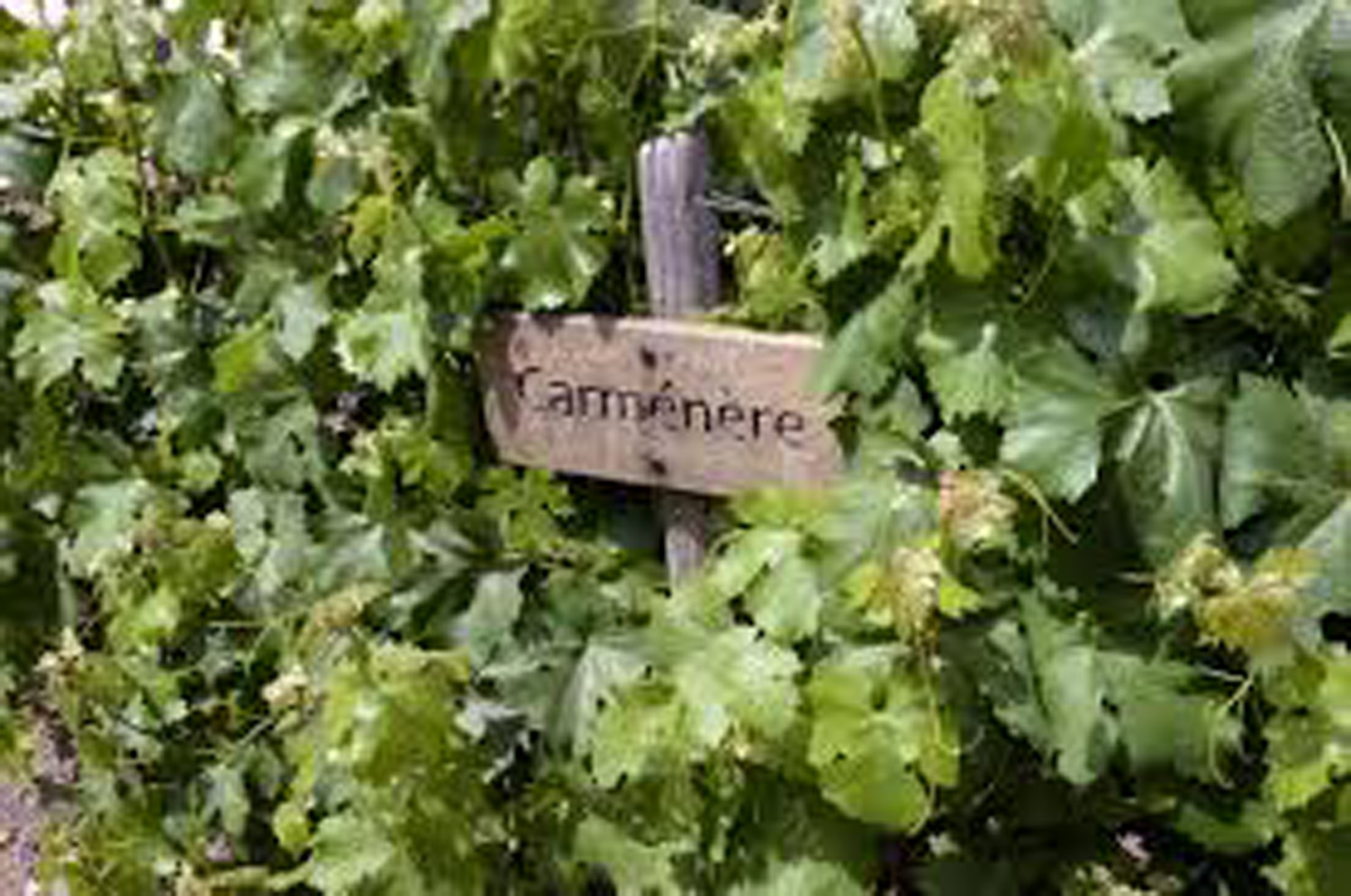With this accursed pandemic now seeing more than twice the daily infections that locked down the province back in May, I fear that harsher restrictions are on the way, similar to those second wave lockdowns announced recently in the UK and Spain.
Unlike those hoarding toilet paper and sourdough starters, I have replenished the stocks in the wine cellar to ride out the coming days in isolation with wines from the old world and the new. As luck would have it, International Carménère Day is next week, so I made sure that plentiful supplies were available in my cellar.
For those not familiar with the varietal, the Carménère grape is an ancient French varietal, and one of the six permissible red grapes in Bordeaux wines.
Unfortunately, the Phylloxera blight of the 1860s that ravaged the vineyards of Europe all but destroyed the Carménère species.
The grape was thought to be entirely extinct until it was rediscovered in Chile in 1994. As it turns out, the Carménère grape looks remarkably similar to Merlot, and the Carménère vines had been thoroughly mixed with the Merlot plantings in many of Chile’s vineyards.
Winemakers had long known there was something unique about Chilean Merlots, but it wasn’t until this discovery that the true reason was revealed – up to half of the Chilean Merlot production was actually Carménère!
Although the Merlot and Carménère grapes look alike, the similarities end there. Merlot grapes ripen a few weeks earlier than Carménère, so haphazardly interspersed plantings will always end up harvesting grapes that are not at the optimum ripeness.
Fortunately, the Carménère grape has thrived in the Chilean climate, and grows much better there than it ever did in France. The Chilean wine industry has since claimed Carménère as their signature grape, much like Australia has done with Shiraz, or Argentina with Malbec.
The vineyards of Chile now produce more Carménère than all other countries combined, and it is now planted in its own right, rather than being inadvertently lumped in with the Merlot vines.
The name Carménère is taken from the French word for crimson, due to the brilliant red color of the vine leaves in the autumn. While the Carménère grape produces a rich and lush wine in a pure varietal, it is also frequently blended with Cabernet Sauvignon or Merlot.
The tannins in a Carménère are softer than a Cab Sauv, with a complex herbal flavour masked by smoky blackberry undertones. Carménère tends to absorb oaking more quickly than Merlot or Cab Sauv, so it becomes eminently drinkable after only a short time in the barrel.
When bottled as a pure varietal, Carménère has a very soft and approachable mouth feel, due to the mild tannins. The wine has a deep crimson hue that betrays its namesake, and displays rich flavours of black fruit, burnt chocolate, and saddle leather.
Lacking the astringent qualities of a Cab Sauv, this does mean Carménère does not age as well as some of the bigger reds. Luckily, that’s never been a problem here at Casa de Nick, as only the rare wines in the cellar last more than a few years before being cracked open for a soirée, although I must admit the pandemic has made my once-debaucherous evenings an entirely solo affair.
When using Carménère as a blend in a Bordeaux or Meritage bottling, just a small amount can make a big difference to the mouth feel and flavour. Even adding 5% Carménère to a blend can take the tannic edge off a Cab Sauv, and add a rich jammy taste to a Cab Franc or Merlot. This has lead to Carménère being an unsung hero in some of the best vintages.
In the hands of a skilled winemaker, judicious blending of Carménère with other varietals will yield a wine that is greater than the sum of its parts, by complementing the best features of each grape.
We even have a half-dozen or so wineries in the Okanagan Valley of BC with small plantings of Carménère grapes, but the bottlings rarely make it to Alberta. My recommendation is to ask your friendly neighbourhood booze merchant to point you toward bottles of both the old world French style of Carménère, as well as the juicier new world style from Chile, so you can decide which you prefer.







